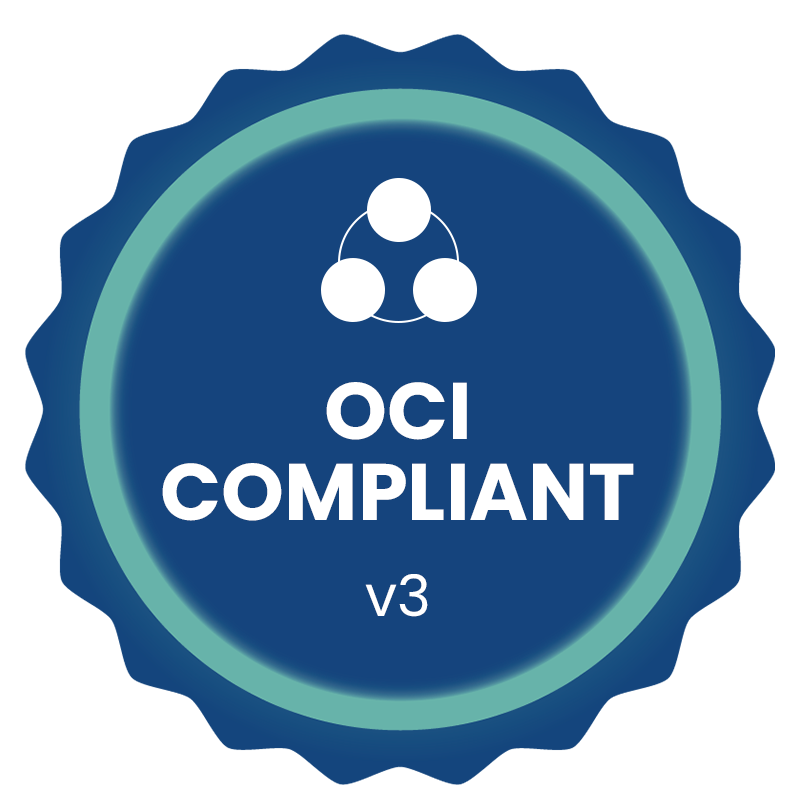This series originally ran in the LedgerDomain newsletter. Don't miss out on industry updates and insights – subscribe below:
As we wrap up our State of DSCSA series this week, we’re back where we started – DSCSA compliance starts with the right policies and procedures. Now that we’ve covered credentialing, ATP confirmation, verification, and trace, it’s time to run through the checklist of P&Ps you should (triple-)check and have set for November 27.
SOP Checklist for November 27
These are the requirements specifically outlined in the DSCSA and FDA guidances. Where applicable, we’ve included links to helpful resources.
ATP
Authorized trading partners must hold valid licenses, comply with applicable licensure reporting requirements, and only engage in transactions (and certain interactions) with other authorized entities.
Example SOP // PDG Blueprint // FDA Guidance
Tracing
Manufacturers, repackagers, wholesale distributors, and dispensers maintain and provide transaction information, history, and statements for each sale of prescription drugs to ensure traceability throughout the supply chain.
Example SOP // PDG Blueprint // FDA Guidance
Verification
Be able to verify the product identifier with the original manufacturer in the event of saleable return processing or suspect & illegitimate product investigations.
Example SOP for manufacturers // PDG Blueprint // FDA Guidance
Suspect Product Investigations
Promptly quarantine and investigate suspect products, verify their authenticity, notify the FDA and immediate trading partners as applicable, and request traceability information from trading partners as applicable.
FDA Guidance
Data Retention
Maintain records of transaction information, history, statements, and suspect product investigations for at least six years. (Per CFR 21 Part 11, this includes the ability to track electronic record changes to individual human beings.)
Data Exchange
Securely, electronically, and interoperably exchange transaction information and statements, including unique identifiers for each package.
FDA Guidance // Example SOP // PDG Blueprint
Extras to Consider
These are the “rubber hits the road” requirements that emerge from applying the DSCSA to your everyday operations. Apply as needed!
Receipt Confirmation
Purchasing trading partners develop and use systems and/or processes to confirm electronic data in the transaction information and transaction statement is for the product received.
Managing Exceptions
Develop and use systems and/or processes to catch and identify DSCSA data issues, collaborate and communicate exceptions with trading partners, and implement corrective measures.
Exception Root Causes
Quarantine and Return
Purchasing trading partners develop and use systems and/or processes to physically and systematically quarantine product with data exceptions and investigate to clear the exception or return the product to the purchaser.
Emergent Dispensing
Purchasing trading partners develop and use systems and/or processes to perform a risk assessment of product with data exceptions and weigh the potential risk to patients versus absolute adherence to DSCSA data requirements. (Some stakeholders have identified verification as part of this process.)
Drop Shipments
Manufacturers provide serialized T2 data directly to the recipient pharmacy, ensuring compliance with transaction data exchange even when the wholesaler does not physically handle the product.
340B
Distinct pathways for electronic, serialized product data exchange for 340B vs. non-340B shipments.
First Responder Resupply
First responder resupply requirements exempt transactions involving medications provided to ambulance services and other first responders from the standard transaction information, history, and statement requirements.
Looking to learn more? Watch our webinar with Rx Supply Chain Advisors.
Compliance Out of the Box
Our example SOPs mesh easily with the XATP Compliance Suite for ATP confirmation, verification, and tracing, so closing up your compliance gaps is quick and easy. Get your credential set up today or schedule a demo with our team.
DSCSA Action Items
1. Check Your Policies & Procedures. Be sure your P&Ps provide coverage on the 6 areas of DSCSA compliance identified by the Board’s State of DSCSA report. Our example SOPs provide a solid grounding for ATP validation, trace, and verification.
2. Electronic Interoperability. Ask your solution provider about “secure, electronic” methods for ATP validation and tracing. Some providers make it easy for you to find the source data, but may not provide a PDG-compliant method to send, receive, and validate trace messages. The DSCSA requires “interoperable, electronic tracing” among ATPs, and ATP credentials are the only available method that meets all three elements of the law.
3. Get Your XATP Credential. Only LedgerDomain’s XATP Credential supports the trace workflows critical to achieving compliance out of the box. Get your credential set up or schedule a demo.



